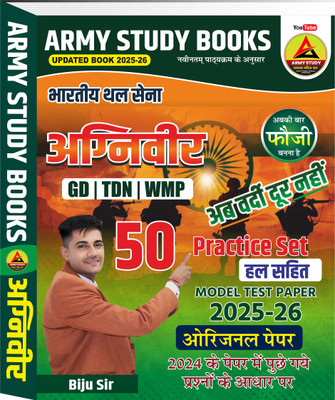
A Preliminary Study of the Structural Dynamic Behavior of the NASA Manned Spacecraft Center (MSC) Centrifuge (English, Paperback, Palmieri Frederick W)
- Language: English
- Binding: Paperback
- Publisher: Dissertation.com
- Genre: Science
- ISBN: 9781581122060, 1581122063
- Edition: 2003
- Pages: 152
The study is describe in three Chapters. Chapter 1 deals with the response of a simplified model of the arm, gimbal and gondola structure for the purpose of obtaining dynamic response factors to be associated with the arm. Chapter 2 deals briefly with a simplified model of the same system for the purpose of obtaining dynamic response factors to be associated with the gimbal ring and to justify the simplifications implicit in the model used in Chapter 1. In Chapter 3, the rigid body kinematic equations are studied in order to develop relations between the forcing functions utilized in Chapters 1 and 2 and the motion parameters of the kinematic analysis. Using these relations, the dynamic response factors tabulated in Chapters 1 and 2 in terms of the generalized forcing functions may be interpreted in terms of the motion parameters.
The following assumptions have been made in order to obtain a solution within a reasonable time period for the preliminary study:
1. The gondola will be considered to be a rigid body;
2. The gimbal ring will also be considered to be a rigid body in the analysis of Chapter 1, and will be considered to be a simple spring-mass system in the analysis of Chapter 2;
3. The arm will be studied as another simple spring-mass system, acting as a uniform cantilever with a mass at its tip;
4. Small deflection, linear theory will be employed throughout the analysis;
5. Structural damping will be ignored for conservatism;
6. Lateral (tangential), vertical and torsional modes will be considered to be uncoupled and studied separately.
In defense of the apparent over-simplification of the complex system, which would be avoided if time permitted, it is to be observed that the simplifications are not as restrictive as they appear. The reason is that: 1) both the gondola and the gimbal ring are relatively rigid compared to the arm. Since the forcing functions have time durations that are not common in periodicity with the more rigid system but more common with the arm, simplification is permissible (as shown in Chapter 2 and Appendix 6); 2) The lumped parameter method is a conventional method of analysis; 3) Structural damping is small and the effect on transient motion is thus negligible; 4) An analysis (Appendix 3) has shown that coupling between modes does not occur; and 5) Neglecting the extensional mode is a conventional assumption and dynamic augmentation of centrifugal force is negligible.
The preliminary study of the structural dynamic response of the MSC centrifuge to transient loads resulting from gimbal-controlled motions has been completed. The results of the study are summarized in tables of dynamic response factors for lateral, torsional and vertical modes for three types of generalized impulsive loading functions: 1) a square pulse, 2) a saw-tooth ramp, and 3) a half sine pulse. In Chapter 3 of the study, the rigid body kinematic equations have been analyzed so that these generalized loading functions used in the analysis may be interpreted in terms of the motion parameters.
| Imprint |
|
| Publication Year |
|
| Width |
|
| Height |
|
| Length |
|
| Weight |
|






